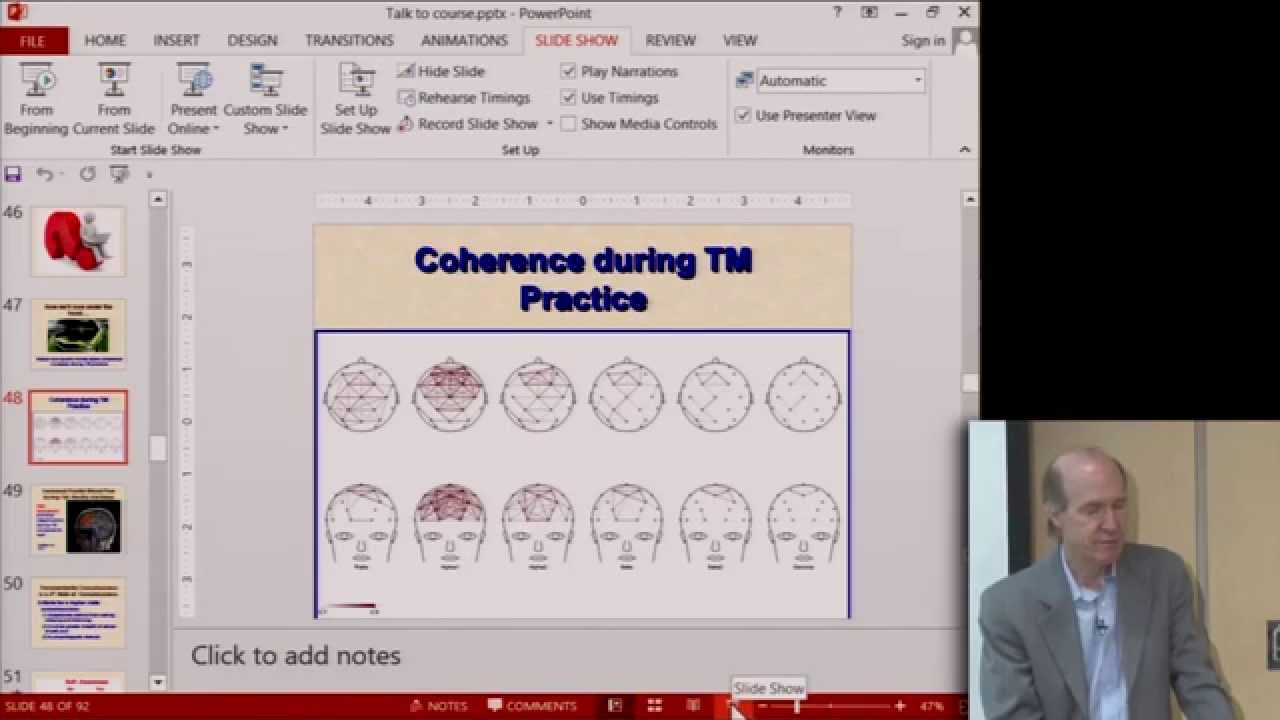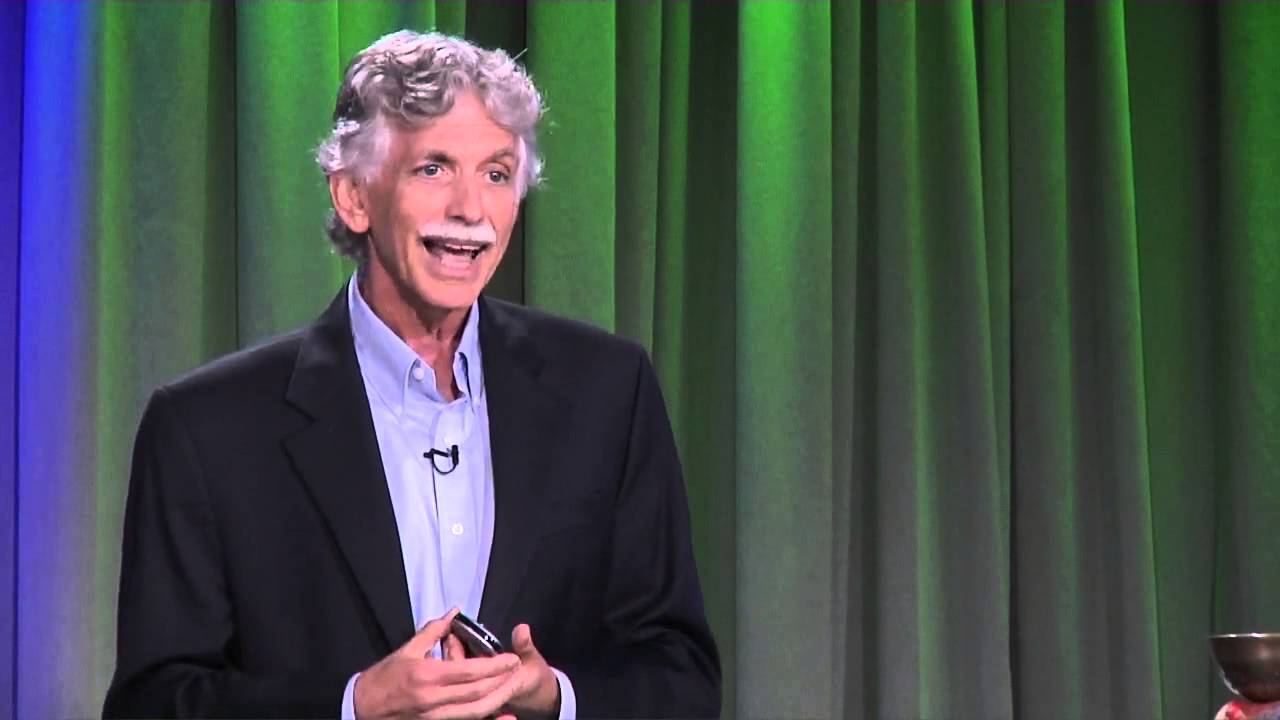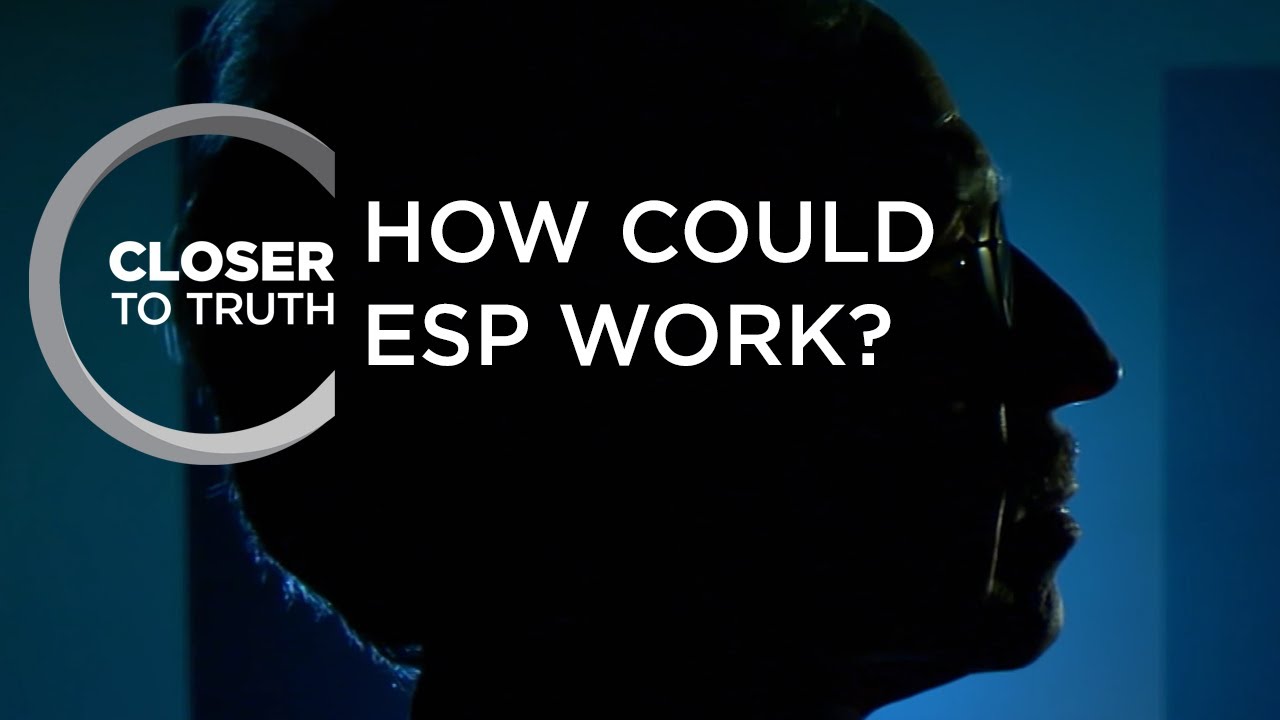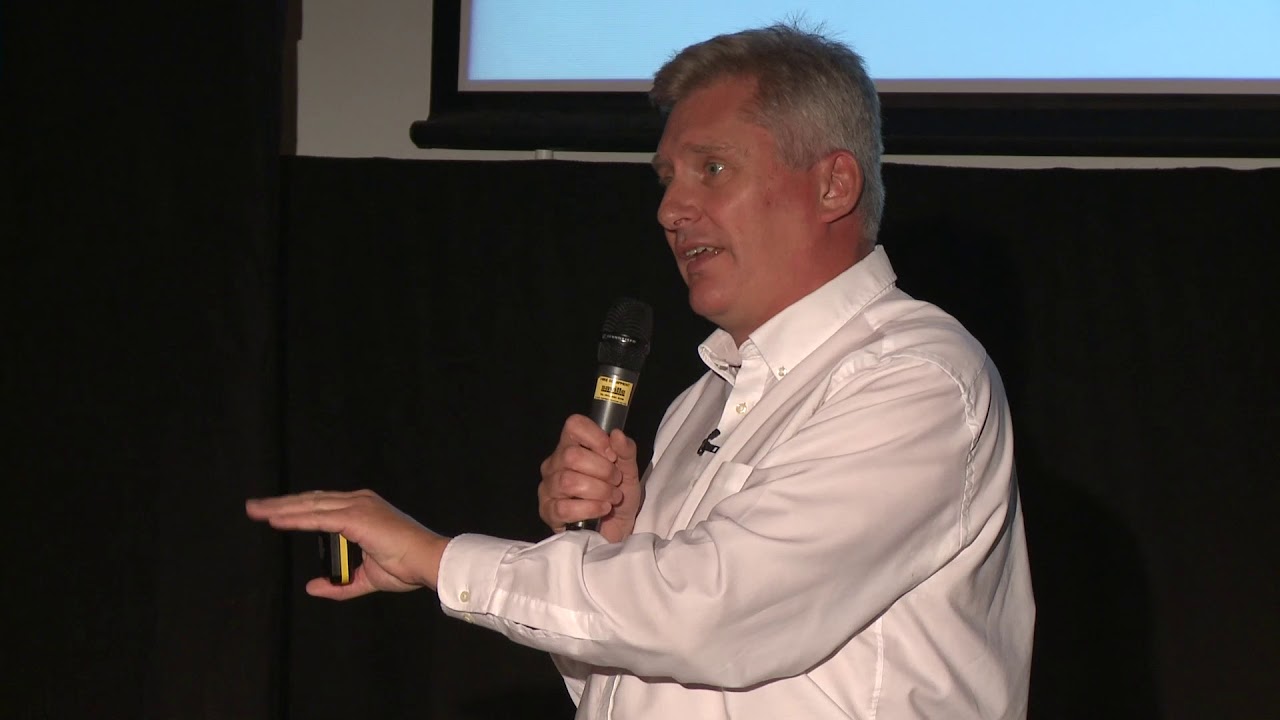Stanford
Frederick Travis, PhD, director of the Center for Brain, Consciousness and Cognition, explains that the concept “We create our reality” is more than a philosophical statement. It is a physical reality driven by neural plasticity—every experience changes the brain. Therefore, choose transcendental experiences and higher states of consciousness naturally unfold.
Source
We Create Our Reality




[Fact, Real, and Truth]
Truth is the logic that is always absolutely right, regardless of the physical world, fact is what happened in the physical world, and ‘real’ is the case that truth or fact reveals as it is.
So whether it is truth or not is a matter of whether it is always true regardless of the physical space and time or not, whether it is a fact or not is a matter of whether it happened in the physical world or not, and whether it is real or false is a matter of whether the revealed truth or fact is revealed as it is or not, that is, whether the truth or fact is hided, masqueraded or manipulated, or not.
As a truth-performer, I want you to try to use them as accurately as possible.
Without you, there is another, Earth exists, and the universe exists. And even if there is no physical world at all, truth exists.
[Human Consciousness, Truth, Reality, and Physical World]
In order for us to properly talk about reality, we need to understand correctly about what both the facts and reality are and what the relationship between them is, and how humans’ perception and understanding occur.
Truth is a logic that is always right regardless of the physical world, fact refers to the phenomenon or change in the physical world, and reality means that truth appears as a fact through matter.
In human consciousness, three parties are involved: human (observer), target object and intermediate information conveyor. In order for human perception and understanding to be completely correct, all of these must be complete. Complete is normal and imperfect is abnormal.
First of all, the observer, the conscious person, must be complete. The observer must be able to properly interpret and judge the given information. If he is incomplete, no matter how much the object provides enough information and the information carrier completely convey the information, the object cannot be correctly recognized and understood.
But basically human is imperfect in physical existence and ability. Human perception-understanding functions are sometimes very inaccurate and may malfunction. The ability of the five senses is so limited. The base information and knowledge for the interpretation of the given information may be scarce or distorted. Sometimes the brain cannot properly handle the given information, can construct illogical things at random or distorts what it is. The brain can also be disturbed by the body and peripheral circumstances that prevent it from concentrating on the object.
The way in which humans are maximally perfected is to improve their own abilities through education or training and/or to raise the lack of senses and judgment ability through the help of the tools. In judging the information given from the object, it is necessary not to be disturbed by concentrating to the utmost and not to be distorted by influence of his desire, minimizing the deviation from the greed and self-center.
Even if the conscious person is perfect, the intermediate communicator may be incomplete. A delay or distortion may occur on the way of information transmission about the object. The physical world is an imperfect world with many limitations and conditions. It takes time to transmit the information and limits the power at the distance and distort it by the noise.
The object must also provide sufficient information. The object may not give enough information or may be changing continuously. Some materials, such as black holes or dark energy, do not give information to the outside at all. In particular, the problem may occur as uncertainty in the micro-physical world when energy is on the process of accumulating to particles.
The object that is not physical existence but pure logic, is not related to the communicator. This is the reason why it is possible for the brain of the best state to do the truth without physical interference. Since the truth is always right without being constrained by the conditions of the physical space and time, if problem does not arise in the human brain to recognize, it can be clearly realized.
(That is, because the truth remains the same everywhere all the time, it can be confirmed right wherever any time the perceiver's brain works properly.)
But in the case that the object is physical, human consciousness, fact and reality are interdependent each other because those three are tied together by the physical world. The physical fact and reality that have already occurred will keep themselves without disappearing or changing, but when they become the objectives of human perception and understanding, they will become related to all three parties, being affected by identity imperfection, continuous change and inter-connectivity of the physical world.
The way to grasp the facts and reality that happened in the past is to keep track of the changes of the physical world through the laws of physics. At this time, it is necessary to make sure the physical identity of the object and the conditions of the transmission media. The logic of backtracking is made through unchanging truth hidden in the laws of physics (eg mathematical logic). (Keep in mind that no backtracking is possible unless absolute truths that do not change are not backed up.)
Therefore, the first problem in physical facts and reality is the precise identification of the existence of the material. For example, if the motion or change of a particle is the subject of understanding, a clear identity determination of the physical presence of the particle is required. If the identity of the particle is unclear, it is impossible to tell the facts and reality about its movement or change accurately.
This is related to how fine the particle changes in the micro-world. Currently the smallest size for this is known as the Planck size (Planck length: meters, Planck time: seconds). Particles, however, exhibit uncertainty of existence and wave-particle duality and quantum entanglement phenomena centering on this size. (I believe that this size is the smallest particle in matter and is made by the balance between the energy viscosity and the diffusing force of vacuum, while occurring at the mapping of the finite amount of energy to unlimited depth and size of vacuum.)
In addition, from the viewpoint of information transmission about the object, the memory of the transmitted information and the propagation conditions such as delay by the electromagnetic wave (or light) propagated at a finite speed of 300,000Km/sec and the distortion due to noise in the physical space that is bent while being influenced by gravity, become the considerations. Furthermore, conscious person can affect the objects by changing the energy field when thinking in the brain or looking through light.
For these reasons, recognition and understanding of physical objects cannot but include delay and error rates, and they cannot escape subjectivity and relativity according to each party in the pursuit of common objective perceptions and understandings.
As such, consciousness and reality in human beings are related to that the physical world is finite, incomplete, imperfect, ever-changing, temporal, and relative as the secondary world, and the world of truth is perfect, never-changing, always right, permanent, and absolute as the original world, while being opposed to the physical world.
Also, consciousness and reality are related to that truth manifests itself whenever and wherever while being hidden in the changes and laws of the physical world, and that those who do the truth live as being worthy and without question and shake in life as they realize the truths.
The way to approach perfection in human perception and comprehension is to maximally deviate or compensate for the physical constraints of all three parties of the physical worlds. Those who do absolute truth are not limited to the finiteness and not drawn to the chaos of change, transcending the imperfect physical world, but are always in a free and peaceful state transcending bodily death.
OnCharm Lee (Author of the Book "Humans, God, and Truth – Human Life is the Awakening Process")
MUST you put the subtitles in front of the images we want to see?
what a blessing stanford and fellows are for sharing this content
I am not saying this is not an interesting lecture, but I have a bit of an issue with the title of this video. I have not learned about how we create our reality. This video is more about the promotion of TM, than anything else – which is fine, but I think it would be better if that would be reflected in the title.
Aum
What's TM ?
We create our perception of Reality, the raw data of the real world is what it is. Our perception of Reality changes according to the corresponding experiences, knowledge and wisdom we accrue throughout our lives.
Awesome lecture
TM, you haven't taken y'pills this morning have you !? It's really embarrassing dude, take y'pills eh!?
Very informative
The Mind connects images to my body.
Racism is worst than narcotics.
High states of consciousness are inherent in the human nervous system. All that is need is experience to build the brain circuits to support a higher level of functioning….That is what Frederick Travis is saying… My question: Does it need to be a "really experience" or is imagination able to build the brain circuits to support high states of consciouness if the body feels it is "real"?
I didn't know Stanford did TM commercials now.
Excellent, thank you for uploading!
It's interesting that the Buddha is reputed to have said " With our thoughts we create the world ". One can say this about age, example, I say to someone how old are you, they say I'm 10, 20, 60 or whatever; but we create numbers, so in reality you could say I have no age, the numbers are just a way to understand things in our ordinary everyday lives.
Quick question: In the "throwing the ball to your child" example, what would be the future ramification of faking the throw and then tossing the ball, so that by-the-time the message gets from the brain to the muscles, they actually CAN make the catch? Would it cause a child's brain to believe reality is actually a one-second-lag behind? If the brain believed that it was reacting too quickly, would it try to adjust for other things in that one-second-lag reaction time the same way?
"David Wants to Fly" A great Doc exposing the TM scam.
Thanks
How do we know we have a brain? because we see it? surgeons see it? and where is the sight of the brain made? in another so called brain… all is god experiencing itself subjectively and relative states of energy
Intentionality = Nash Equilibrium, this developed from what state? A state of innocence…. Can we all say Garden of Eden together.
Highest altruism = war = the establishment of authority What is all this talk and fascination of altruistic behavior pointing at??? Celestial glory; a community of selfless constituents our highest hope and desire…. What/ who is God? The highest authority. The light, the beginning and the end. Doubters; look at Maslow's hierarchy of needs. What is the apex of the triangle? Altruism/ selflessness. What is the base of Maslow's hierarchy of needs? Earth, below that? Supernova…. The light,>>> the beginning and the end.
Let's wrap it up with where we started; Nash Equilibrium…the meridian of selfishness and selflessness Here in our frame of reference and portion of light/darkness THE governing dynamic is THE NASH EQUILIBRIUM the mathematical description of THE LIGHT OF CHRIST.
"70% of brain connections change everyday" ??!! Is that sure ?
Frederick Travis, PhD, director of the Centre for Brain, Consciousness and Cognition.
Now goes to a bar, gets drunk, and beats his wife.